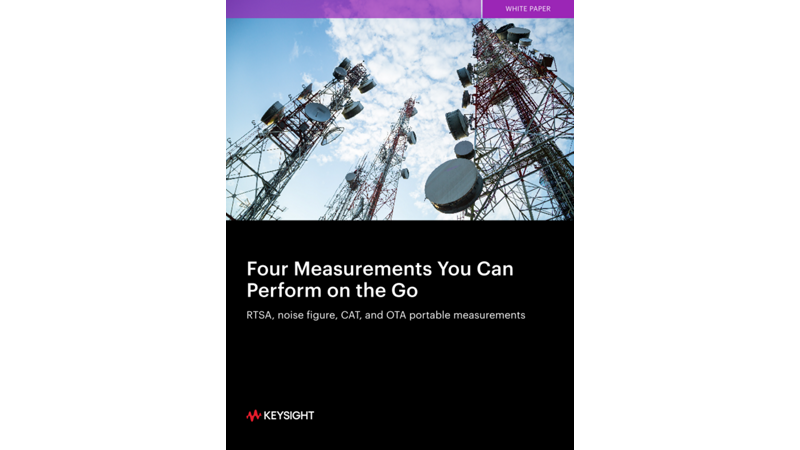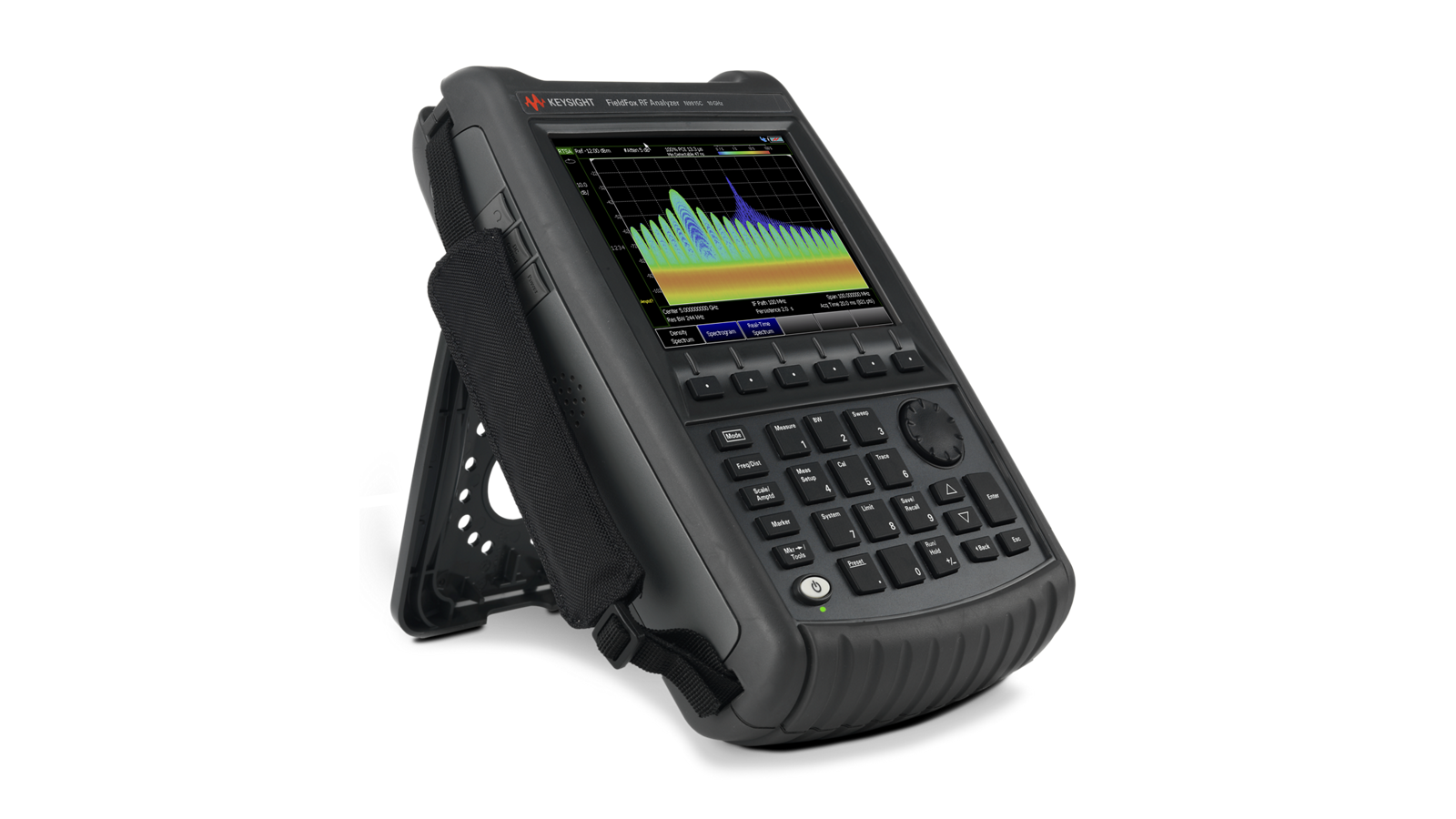What are you looking for?
Interference Hunting
Identify and locate the source of unwanted signals with real-time spectrum analysis
Hunt Down Elusive Signals
Interference hunting involves identifying and locating the source of unwanted radio signals or interference in a communication system. These disruptions can stem from co-channel, adjacent channel, or broadband interference. Direction finding (DF) techniques enable operators to pinpoint the exact location of the interfering source.
Tracking down these signals requires frequency visualization, measuring and logging field and signal strength. Spectrum analyzers visualize the frequency spectrum, identify unusual patterns, and use mapping capabilities to locate sources of interference, with real-time spectrum analysis (RTSA) for dynamic interference tracking.
Interference Hunting Solutions

Interference Finder with DF Antenna
Perform last mile detection of an unknown signal source using manual signal triangulation.
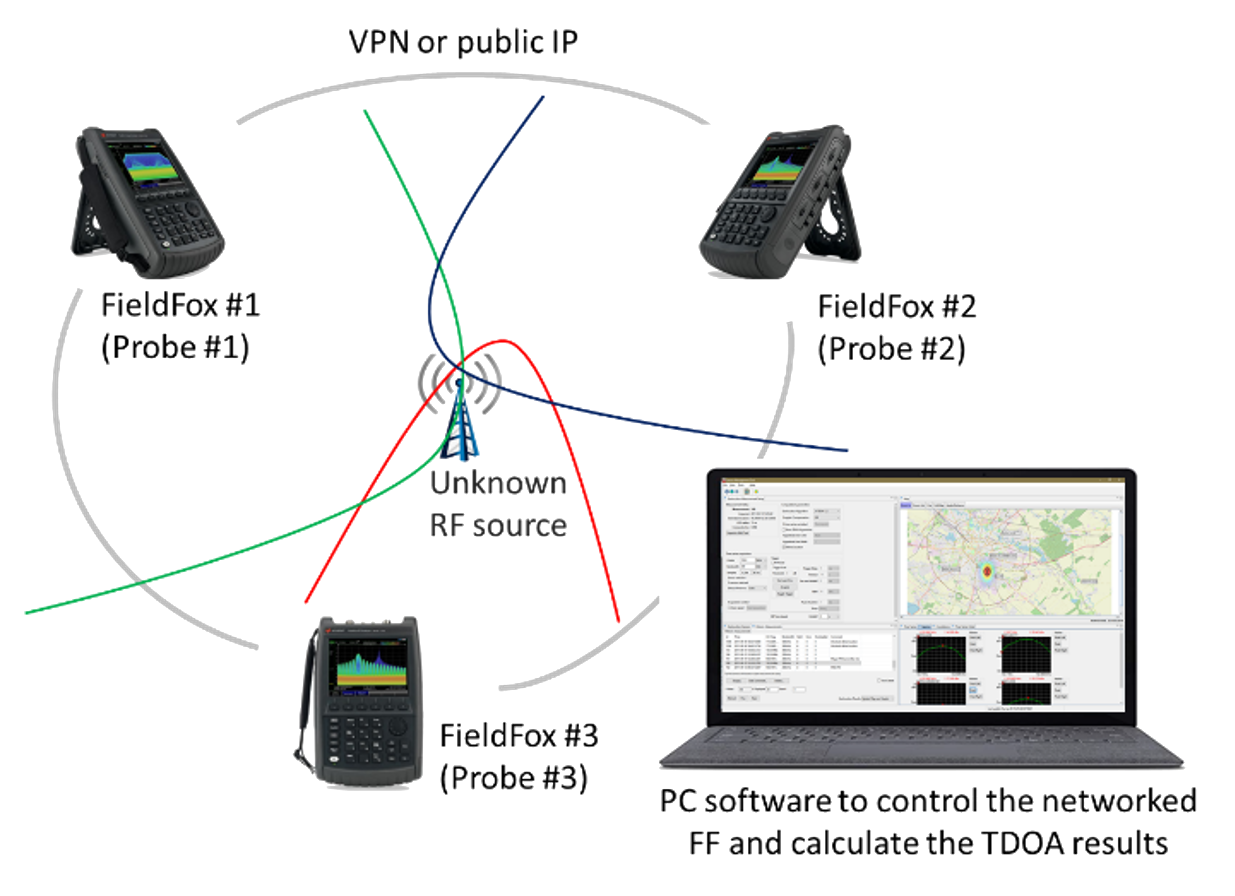
Time Difference of Arrival (TDoA)
Determine the location of an unknown signal source using several FieldFox analyzers in separate geographical locations with synchronized GPS signals.
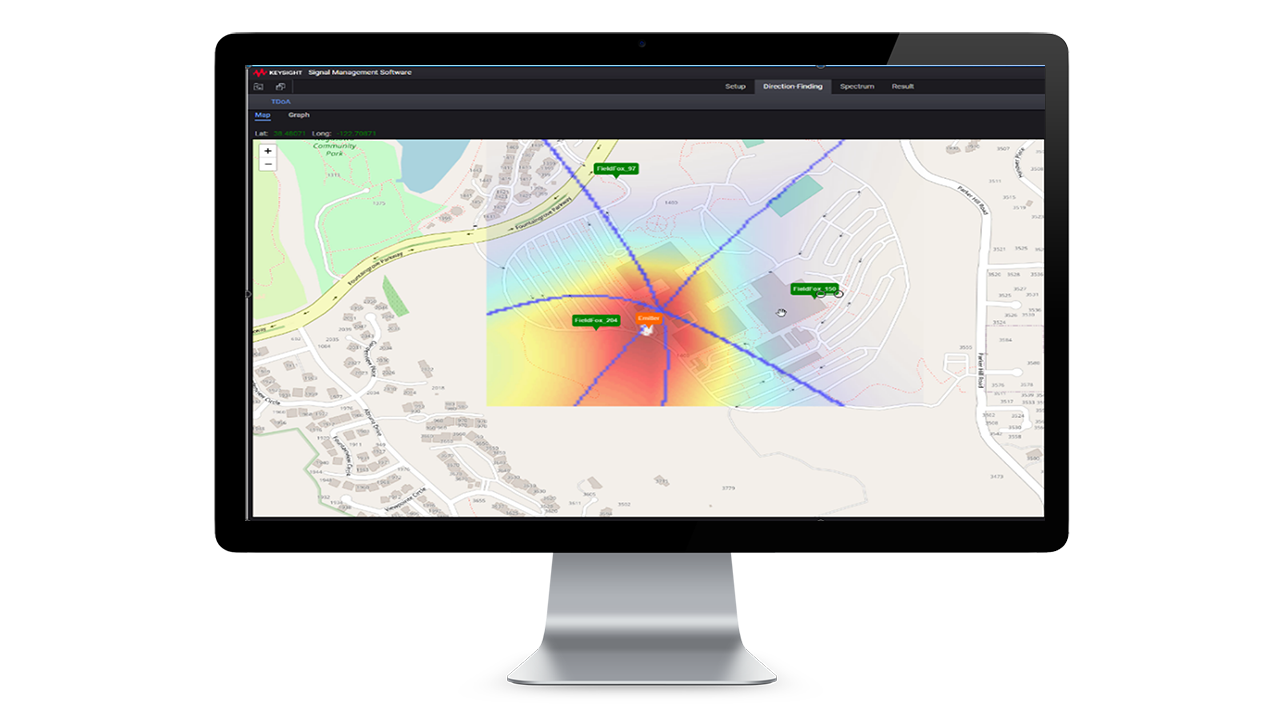
Keysight Spectrum Management Software (KSMS)
Detect, locate, and mitigate interference issues. Control your spectrum, measure utilization, and identify interference, all in a single platform.
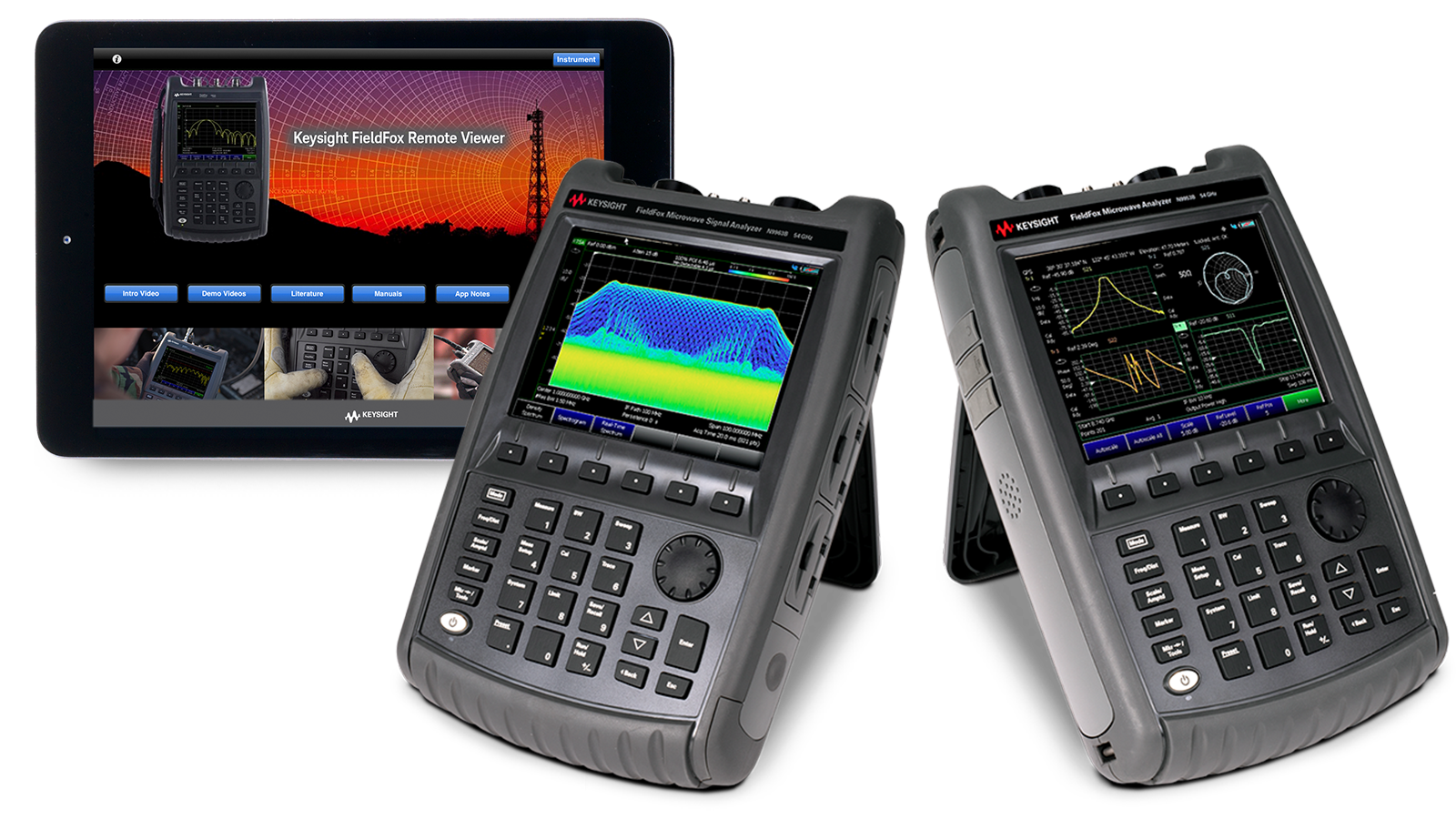
Monitor 5G Field Interference
Identify in-band and out-of-band interference with real-time spectrum analysis and signal capture capabilities.
Featured Resources
A Practical Guide to Locate and Mitigate Interference
Signal hunting grows increasingly complex in today’s crowded RF spectrum environment. Discover the most common problems and learn to detect, identify, locate, and mitigate problem signals.

Overcome RF and Microwave Interference Challenges
Acquire strategies for tackling RF and microwave interference using RTSA. Learn about interference types in commercial and aerospace wireless networks and explore the benefits of RTSA for troubleshooting modern networks with elusive signals.

Investigate Interference Issues in the Field with RTSA
RTSA plays a pivotal role in revolutionizing interference solutions. This white paper discusses internal interference in communication networks and external interference in satellite ground stations.

Why RTSA Is the Best When it Comes to Interference Hunting in the Field
This blog explains where traditional spectrum analysis falls short and real-time spectrum analysis (RTSA) excels when interference hunting in the field.

Watch Related Demos
Spectrum Monitoring with TDoA
Discover the ultimate solution for detecting and locating interference issues in the RF spectrum with FieldFox and KSMS. Explore two approaches for locating interfering signals, RF fingerprinting and TDoA technologies.
Interference Analysis Using the Spectrogram
Signals can run, but they can't hide. Catch elusive, intermittent signals with FieldFox. This video highlights FieldFox's RTSA and interference analysis capabilities, which are critical for detecting and mitigating connectivity issues in modern wireless systems. FieldFox's built-in GPS and advanced features like spectrogram and waterfall display make it an invaluable tool for telecom professionals tackling signal interference from cellular, satellite, and unlicensed devices.
Detect Elusive Signals with RTSA
Learn how your microwave can affect Wi-Fi and Bluetooth connectivity. In this video, we explore microwave radiation using the FieldFox analyzer. Discover how RTSA can help you catch small, intermittent signals that traditional analysis misses. We show you how to adjust the attenuation and pre-amplifier for a better look and what happens when you add a microwave oven to the mix.
Interference Troubleshooting with RTSA
Explore the challenges of interference in 5G networks. Learn how RTSA helps detect and manage interference without disrupting communication services during 5G deployment, ensuring reliable network performance.
FieldFox Handheld Analyzers
Born in the lab, raised in the field.
More Interference Hunting Resources
Explore Our Most Popular Models
View All Models
Interference Hunting: Frequently Asked Questions
Want help or have questions?



